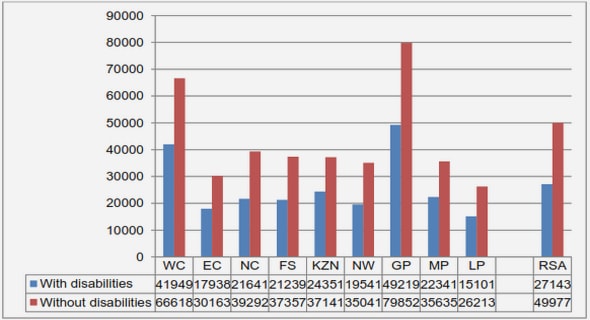(Downloads - 0)
For more info about our services contact : help@bestpfe.com
Table of contents
1 Introduction
1.1 Nonnative speech misperceptions
1.2 Perceptual vowel epenthesis
1.3 Processing steps in perceptual vowel epenthesis
1.4 Modelling approach: An example
1.5 Outline
2 Role of acoustic details in the choice of epenthetic vowel quality
2.1 Introduction
2.1.1 One-step vs two-step theories
2.1.2 Role of acoustics
2.1.3 Chapter preview
2.2 Which epenthetic vowel? Phonetic categories versus acoustic detail in perceptual vowel epenthesis
2.2.1 Introduction
2.2.2 Methods
2.2.3 Results
2.2.4 Discussion and conclusion
2.2.5 Annexes
2.3 Predicting epenthetic vowel quality from acoustics
2.3.1 Introduction
2.3.2 Perception experiment
2.3.3 Acoustic analyses
2.3.4 Production-based exemplar model
2.3.5 Discussion
2.4 Predicting epenthetic vowel quality from acoustics II: It’s about time!
2.4.1 Introduction
2.4.2 Methods
2.4.3 Results
2.4.4 Discussion
2.5 General Discussion
3 Modelling speech perception with ASR systems
3.1 Introduction
3.1.1 Implementation of a one-step model
3.1.2 Is the acoustic match sucient?
3.1.3 Chapter preview
3.2 Anatomy of a HMM-based speech recogniser
3.2.1 Corpora
3.2.2 Features
3.2.3 Acoustic models
3.2.4 Lexicon & language models
3.2.5 Lattices
3.2.6 Scoring: Assessing native performance
3.3 Investigating the role of surface phonotactics
3.3.1 Introduction
3.3.2 Experiment 1
3.3.3 Experiment 2
3.3.4 Discussion
3.3.5 Appendix
3.3.6 Bigram (phone-level) language model
3.3.7 Online and Retro language models
3.4 Medley of epenthetic variations: Due to phonological processes or embedded in the phonetics?
3.4.1 Introduction
3.4.2 Experiment 3: Variations due to native phonology
3.4.3 Experiment 4: Variations due to syllabic structure
3.4.4 Discussion
3.5 General Discussion
3.5.1 Language model contributions
3.5.2 Model adequacy
3.5.3 Predictive power of the acoustic model
3.5.4 Model enhancements
3.5.5 Data enhancements
3.5.6 Conclusion
4 Conclusion




